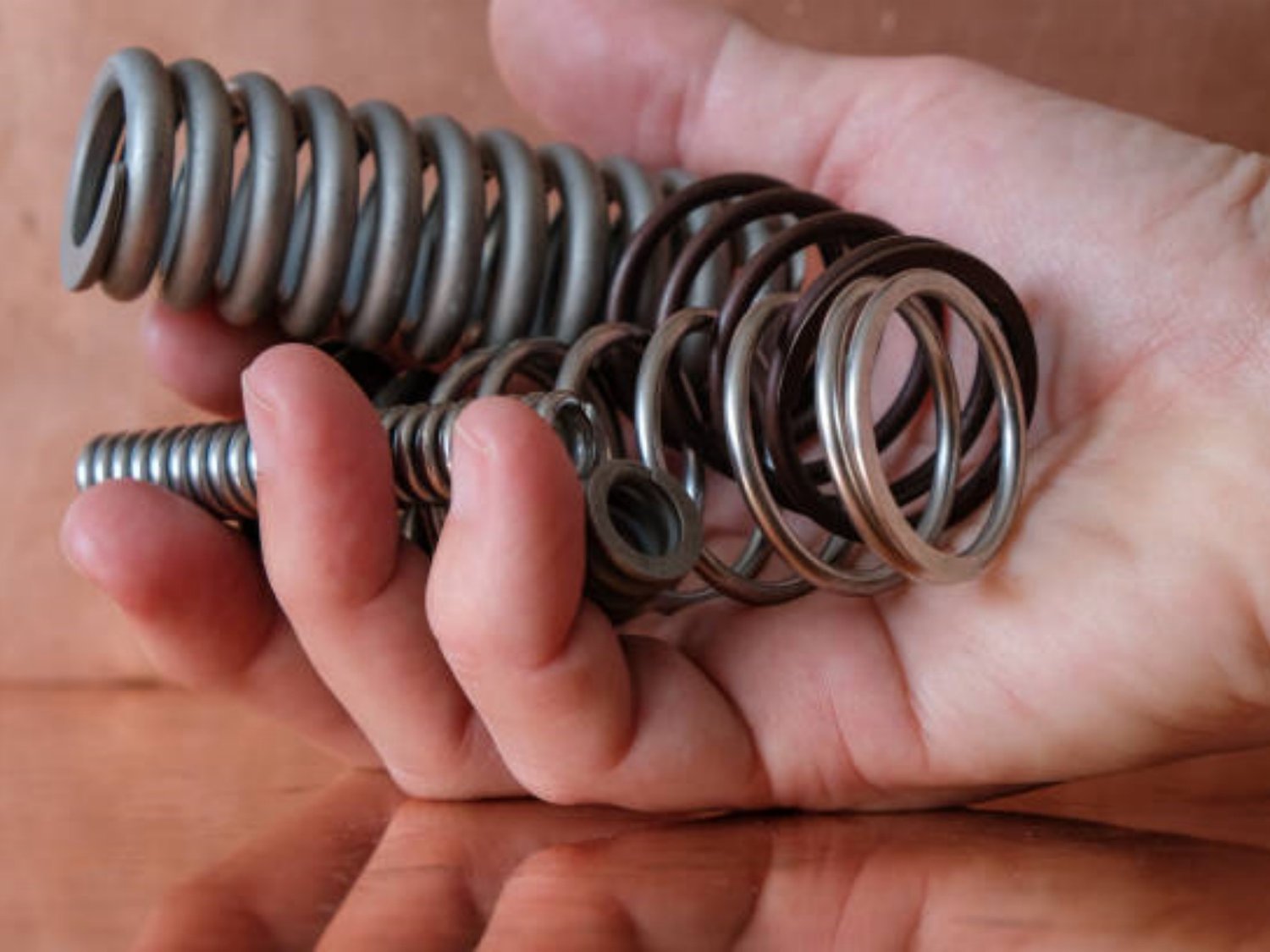Understanding the types of torsion springs
Torsion springs are essential components in various mechanical systems, providing rotational force or torque. They are designed to store and release energy when twisted or rotated, making them ideal for applications that require rotational force, such as doors, hinges, and various automotive parts. In this article, we will explore the different types of torsion springs, their characteristics, and applications.
1. Helical Torsion Springs
Helical torsion springs are the most common type of torsion springs and are widely used in various industries. They are made from a coiled wire, typically cylindrical in shape, with arms that extend outward. The ends of the arms are attached to other components, allowing the spring to exert torque when twisted. These springs are known for their flexibility, durability, and ability to withstand heavy loads.
2. Double-bodied Torsion Springs
Double-bodied torsion springs, also known as double torsion springs, consist of two helical coils connected by a center section. This design allows them to exert torque in two directions simultaneously, making them suitable for applications that require counterbalancing or torsional force in opposite directions. Double-bodied torsion springs are commonly used in garage doors, swing gates, and other mechanisms that require balanced torque.
3. Thin Torsion Springs
Thin torsion springs are characterized by their slender and elongated shape. They are typically made from flat strips of material, such as steel or plastic, which are wound into a helical shape. Thin torsion springs are commonly used in electronic devices, automotive applications, and small appliances due to their compact size and ability to provide precise rotational force.
4. Spiral Torsion Springs
Spiral torsion springs, also known as clock springs, are a unique type of torsion spring that provides rotational force in a spiral motion. They are mainly used in clock mechanisms, toys, and other applications that require a constant and smooth torque. Spiral torsion springs are made by winding a flat strip of material around a central shaft, creating a spiral shape that stores and releases energy when twisted.
5. Adjustable Torsion Springs
Adjustable torsion springs are designed to allow for easy adjustment of the spring's torque. They typically consist of a helical spring with a mechanism that enables the user to modify the amount of torque exerted. This adjustability makes them ideal for applications where the torque requirements may change over time or need to be fine-tuned, such as in machinery, tools, and industrial equipment.
6. Hinge Springs
Hinge springs, as the name suggests, are specifically designed for hinge applications. They are usually small and compact, allowing them to fit within the hinges of doors, cabinets, and other movable components. Hinge springs provide the necessary torque to keep the hinge in a closed or open position and ensure smooth movement without excessive force. These springs are commonly used in various industries, including furniture, automotive, and aerospace.
7. Constant Force Springs
Constant force springs, also known as clock springs or power springs, are a type of torsion spring that exerts a nearly constant force throughout its range of motion. They are made from a strip of material wound in a spiral shape, similar to spiral torsion springs. Constant force springs are widely used in applications such as window balance systems, retractable hoses, and automotive seat belt retractors.
8. Garage Door Springs
Garage door springs are a specific type of torsion spring used in garage doors and overhead doors. These springs are typically mounted horizontally above the door and work by counterbalancing the weight of the door to make it easier to open and close. Garage door springs are available in various sizes and strengths, depending on the weight and size of the door.
9. Brush Springs
Brush springs, also known as motor springs or slip rings, are a type of torsion spring used in electrical motors and generators. They provide constant contact between the rotating part of the motor and the stationary part, ensuring a continuous electrical connection. Brush springs are typically made from copper or bronze alloys and require regular maintenance to ensure optimal performance.
10. Custom Torsion Springs
Custom torsion springs are designed to meet specific requirements and applications. They are tailored to the unique needs of a particular project, taking into account factors such as load capacity, dimensions, and operating environment. Custom torsion springs are commonly used in industries such as aerospace, defense, and robotics, where off-the-shelf springs may not meet the specific demands of the application.

